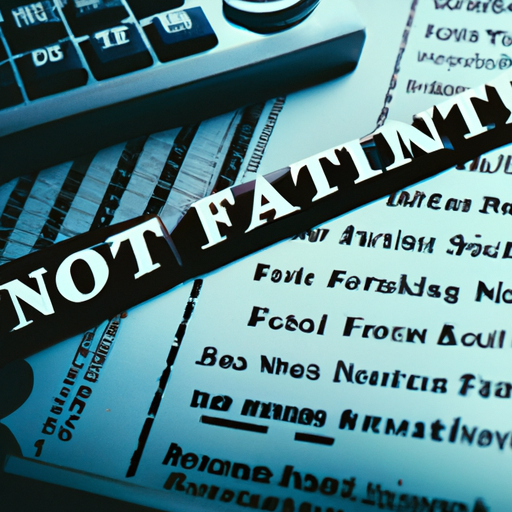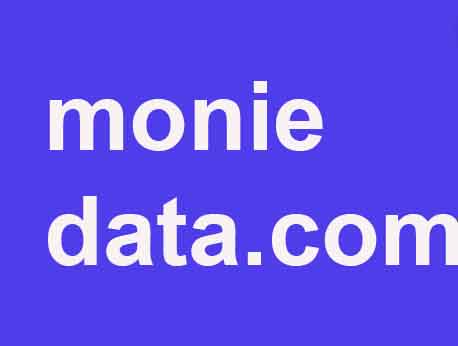The new financial year – FY has brought some key changes that may affect your budget. The changes ranging from income tax, PF account to crypto tax came into effect on Friday, April , .
The Union Budget – proposed a percent tax on virtual digital assets. From April , cryptocurrency gains will be taxed at percent, which is the highest tax bracket equivalent to the rate of lottery winnings. From cryptocurrency to NFTs, the tax rate will apply to all virtual digital assets VDAs.
Crypto losses can’t be set-off against crypto gains and cryptocurrency received as gifts will be taxable
With the new rules, cryptocurrency losses can’t be used for set-off against cryptocurrency gains. For instance, if you make a Rs , gain on Bitcoin and a Rs , loss on , you have to pay tax on Rs , and not on the net profit of Rs ,.
Also, gifts received in the form of cryptocurrency or any other virtual digital assets would be liable for taxation.
A new provision allows income taxpayers to file updated returns within two years from the end of the relevant assessment year. Earlier, only a window of five months from the due date of filing returns, to revise the tax returns, was available. However, this can’t be done to report additional loss or fall in the tax liability.
The Central Board of Direct Taxes CBDT will implement ome-tax th Amendment Rule from April . Thus, a cap of tax-free contributions of up to Rs . lakh is now imposed on the Employee Provident Fund EPF account. Interest income on contributions made above this will be taxed.
State government employees will now get to claim a tax benefit of percent on the National Pension System NPS under Section CCD made by their employer up to percent of their basic salary and allowance.
Dividends earned from mutual funds will be put under tax brackets. Higher burden of tax will be levied on investors in higher tax brackets, and less burden will be put on investors in lower tax brackets.
An additional tax deduction under Section EEA was available for first-time home buyers where the value of the property does not exceed Rs lakh. Thus, homebuyers could claim a maximum deduction of Rs . lakh using Section b and Section EEA.
Now, the deduction under Section EEA will be available only for houses purchased before March . For houses purchased in the next financial year, the extra deduction of Rs. . lakh against the payment of interest on home loan will no longer be provided.
However, the EMI on home loan principal and interest still qualifies for deduction under Section C and section B. The maximum limit without EEA will be Rs lakhs now for self-occupied property.
Currently, there is a cap of percent surcharge on long term capital gain LTCG on the sale of listed equity or mutual funds. From April , , this will be extended to long-term capital gain on all assets.
Tax exemption to persons who have received money for COVID treatment will be provided. Money received by family members in the event of death of a person due to COVID will also be exempt up to Rs lakh, if the payment is received within months from the date of death. This will be effective retrospectively from April , .
Earlier, expenses incurred on premium payments on insurance for differently abled children could be claimed as deductions, under section DD of the ome Tax Act, only if the pay-out is made to a differently abled child after the death of a parent or caregiver. Now, from April, a relaxation has been provided and deduction is made available even if the sum is received while the parent is still alive.


